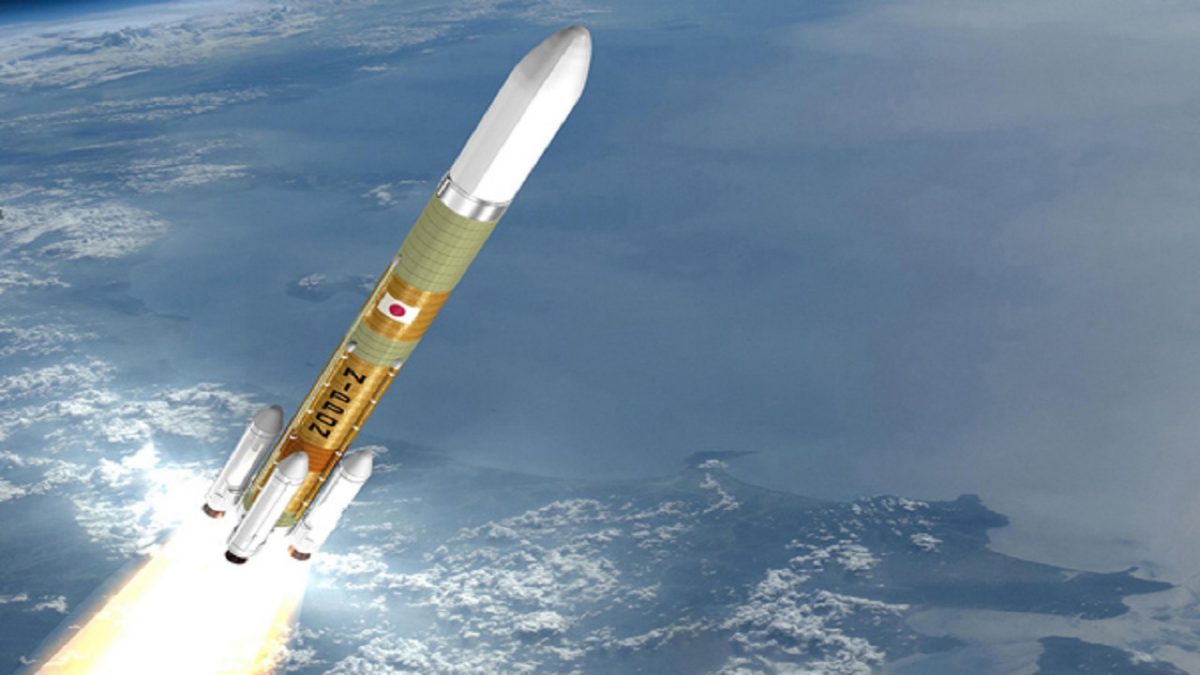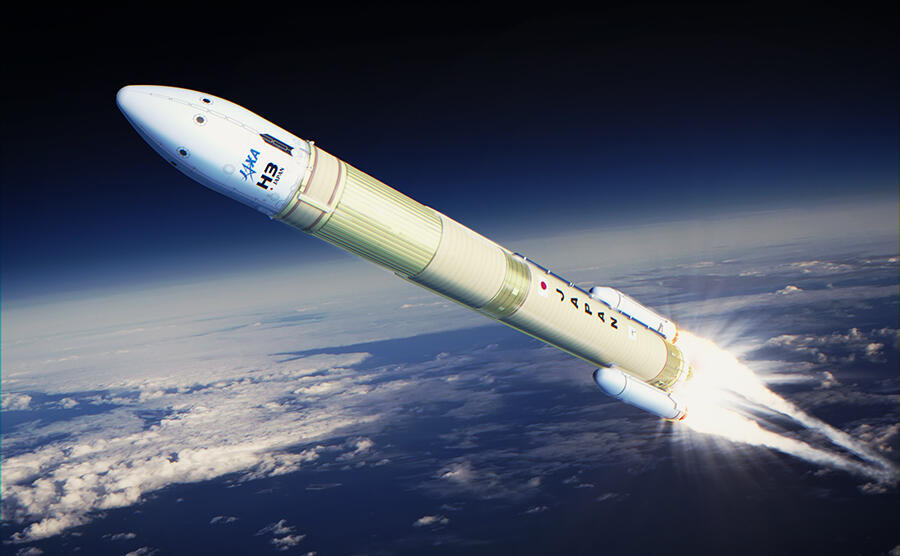The H3 Launch Vehicle: A Cost-Effective and Versatile Solution for Satellite Launches

The H3 launch vehicle is currently under development with the primary objective of producing a reliable, flexible, and cost-effective rocket. This rocket is poised to become Japan's new flagship rocket and represents an advanced iteration of the H-IIA and H-IIB launch vehicles.

The development of the H3 rocket will prioritize reducing launch costs, increasing versatility, and providing autonomous access to space for satellite and probe launches. The Japan Aerospace Exploration Agency (JAXA) is leading the development efforts with Mitsubishi Heavy Industries (MHI) as the primary contractor.
Development on this next-generation launch vehicle began in 2014, and in December 2018, Inmarsat became the first commercial customer to place an order for the new H3 launch vehicle after signing an agreement with MHI. While the H3 was initially planned to have its first test flight in 2020, technical issues with the engine resulted in a delay to 2021.
The H3 launch vehicle is expected to have a length of 63m and a weight of 574t without payloads. It will incorporate an inertial guidance system, with launch configurations featuring a choice of two types of fairings, two or three first-stage engines (LE-9), and zero, two, or four solid rocket boosters (SRB-3) to accommodate different payload sizes and orbits.
Payload adapters with standard clamp-band sizes (937/1,194/1,666mm) will be utilized in the satellite interface structure, and a specialized payload adapter will be available upon request for launching multiple small satellites.
Related: Could this new AI tool help us find life in space?
The H3 rocket is designed to provide increased launch opportunities by reducing the time between contract and launch. Additionally, improved hardware and software will enhance the rocket's reliability, while automated assembly and the use of commercially available components will significantly reduce costs.
Compared to the H-IIA and H-IIB launch vehicles, the H3 will have a higher launch capability to the geostationary transfer orbit (GTO).
JAXA plans to offer multiple launch vehicle configurations of the H3 rocket to cater to diverse user requirements. The vehicle's flexibility will enable customers to reduce the preparation time for their payload launches. The basic configuration, H3-30S, is intended mainly for institutional missions, while H3-22L/H3-24L will serve commercial missions.
The H3 launch vehicle is designed to maintain the high launch success rate of the H-IIA while providing a more cost-effective launch service. Additionally, it will cater to global launch service demands across a wide range of payloads.
The H3 launch vehicle will be equipped with the LE-9×2 or 3 as the first-stage engine, and the LE-5B×1 as the second-stage engine. The LE-9 engine is the world's first first-stage engine without an auxiliary combustion chamber, featuring four fuel and oxidant supply valves.
To reduce production time and cost, the engine is developed using advanced manufacturing technologies such as 3D shaping technology, powder bed type metal additive manufacturing, and material injection type metal additive manufacturing.
The H3 rocket will utilize an advanced version of the existing LE-5B-2 engine, the LE-5B-3, which will enhance performance and reduce production costs.
For the solid rocket booster, the H3 will incorporate the proven technologies and specifications of the H-IIA/H-IIB/Epsilon. The rocket will feature an SRB-A booster with a 0/2/4 upgrade, providing a launch capacity of 6.5 metric tonnes.
Related: Explore space through NASA’s eyes
The rocket will adopt flight-proven specifications for components such as the motor case size and materials and nozzle. Cost-cutting measures will include the simplification of the joint structure and the reduction of functions (fixed nozzle).























And this rocket failed yesterday.